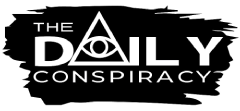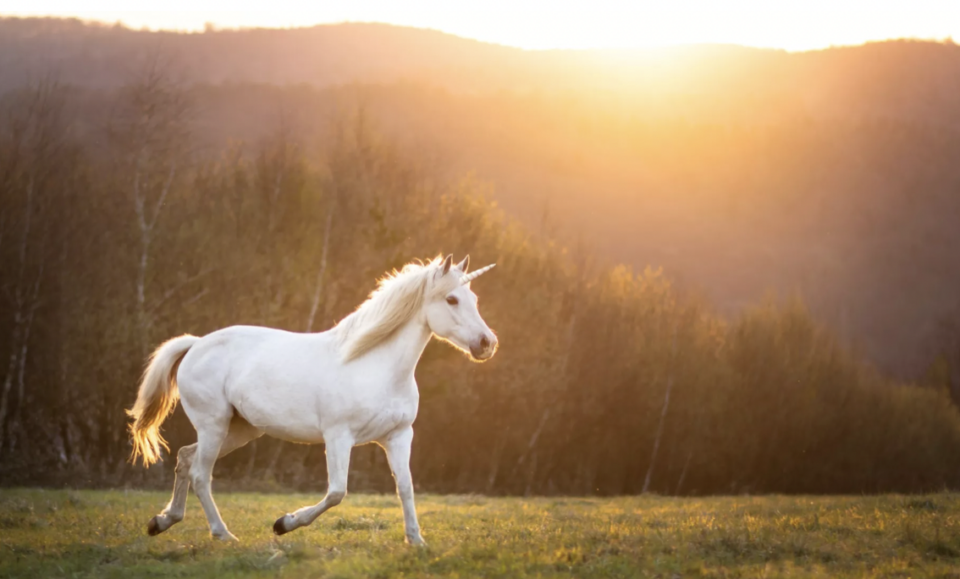The unicorn, an iconic mythical creature often depicted as a white horse with a spiraling horn protruding from its forehead, has captured human imagination for centuries. Its origins are rooted in the annals of history, intertwined with cultural and geographical influences that have shaped its fantastical image. The earliest echoes of unicorn-like imagery trace back to the Indus Valley Civilization, spanning from approximately 3300 B.C. to 1300 B.C., where seals depicted a horned, horse-like creature in side profile. However, these depictions are now understood to be representations of the aurochs, a now-extinct wild ox.
Ancient Chinese writings also allude to a unicorn-like entity around 2700 B.C., described as a fusion of diverse animal traits, including the body of a deer, the tail of an ox, a multi-colored or scaled dragon-like coat, and a flesh-covered horn. This enigmatic creature, akin to its later European counterparts, was characterized by its elusive and solitary nature. The first records of unicorns in Western literature emerged in the fourth century B.C., attributed to the accounts of Indian travelers documented by Ctesias, a historian and physician. His description painted a picture of horse-sized “wild asses” with distinctive features, including a multicolored horn about 1.5 feet long. This early portrayal is believed to be a composite, incorporating elements from various animals, such as wild asses and Indian rhinos.
Misinterpretations and mistranslations played a pivotal role in the transformation of unicorns from composite beings to the majestic creatures they are often perceived as today. The Hebrew word “re’em,” likely signifying aurochs, was rendered into the Greek term “monokeros,” translating to “one horn,” and eventually evolved into “unicornus” in Latin and “unicorn” in English versions of the Bible. This linguistic evolution imbued the unicorn with Biblical connotations and associations with purity. It wasn’t until Italian explorer Marco Polo’s journeys in the 13th century that a more tangible encounter with a rhinoceros led to the realization that the creature he saw bore little resemblance to the unicorn of legend.
During the Middle Ages, European markets saw the introduction of narwhal tusks as “unicorn” horns. These tusks, extracted from Arctic toothed whales called narwhals, closely resembled the traditional description of unicorn horns. As the availability of narwhal tusks grew, the concept of unicorn horns as long, white, and spiraled solidified in European imagination. By the 18th century, the prevailing belief in the existence of unicorns began to wane, giving way to the realization that the mythical creature was a product of human creativity and storytelling rather than a living being in the natural world.

